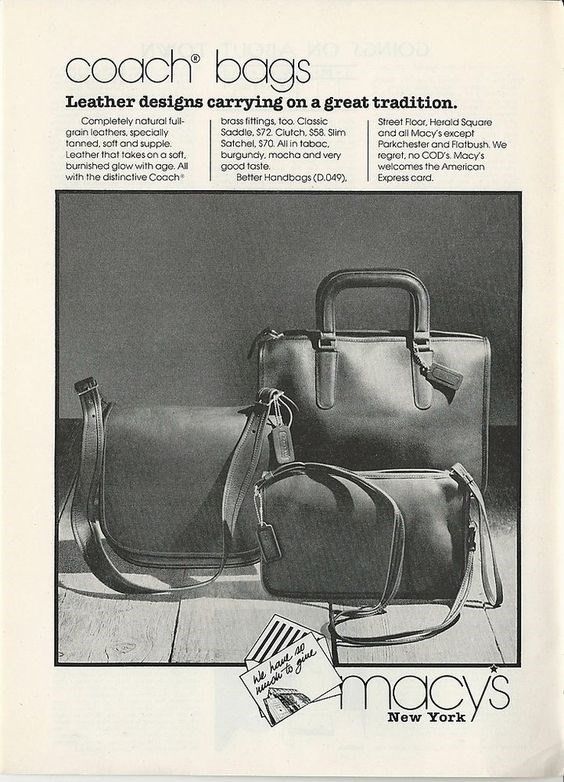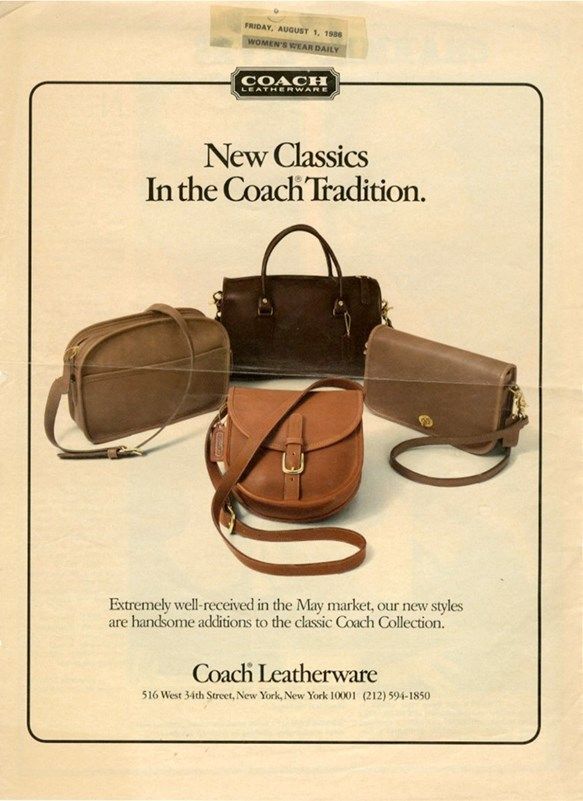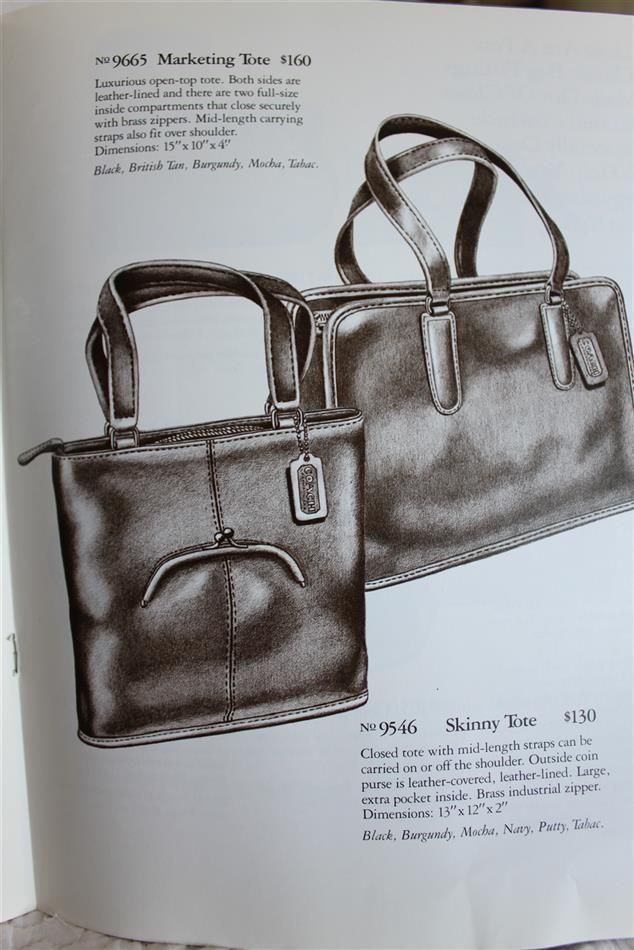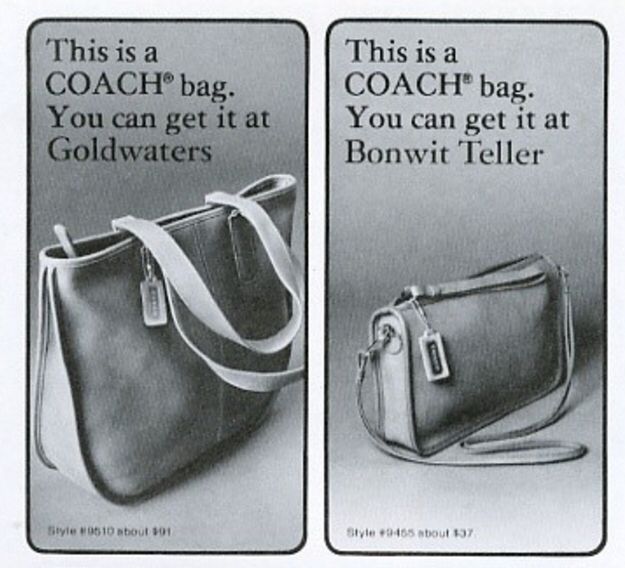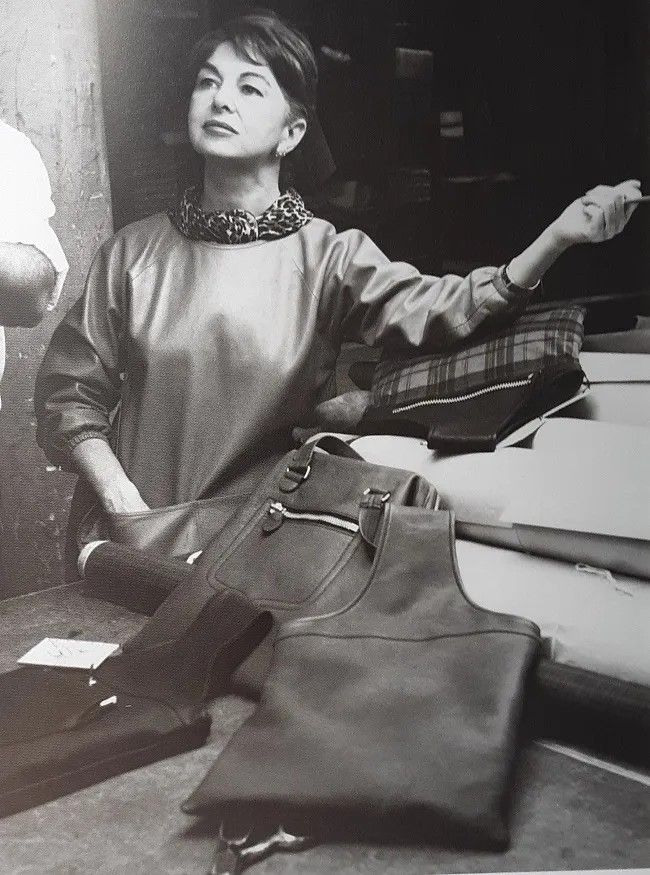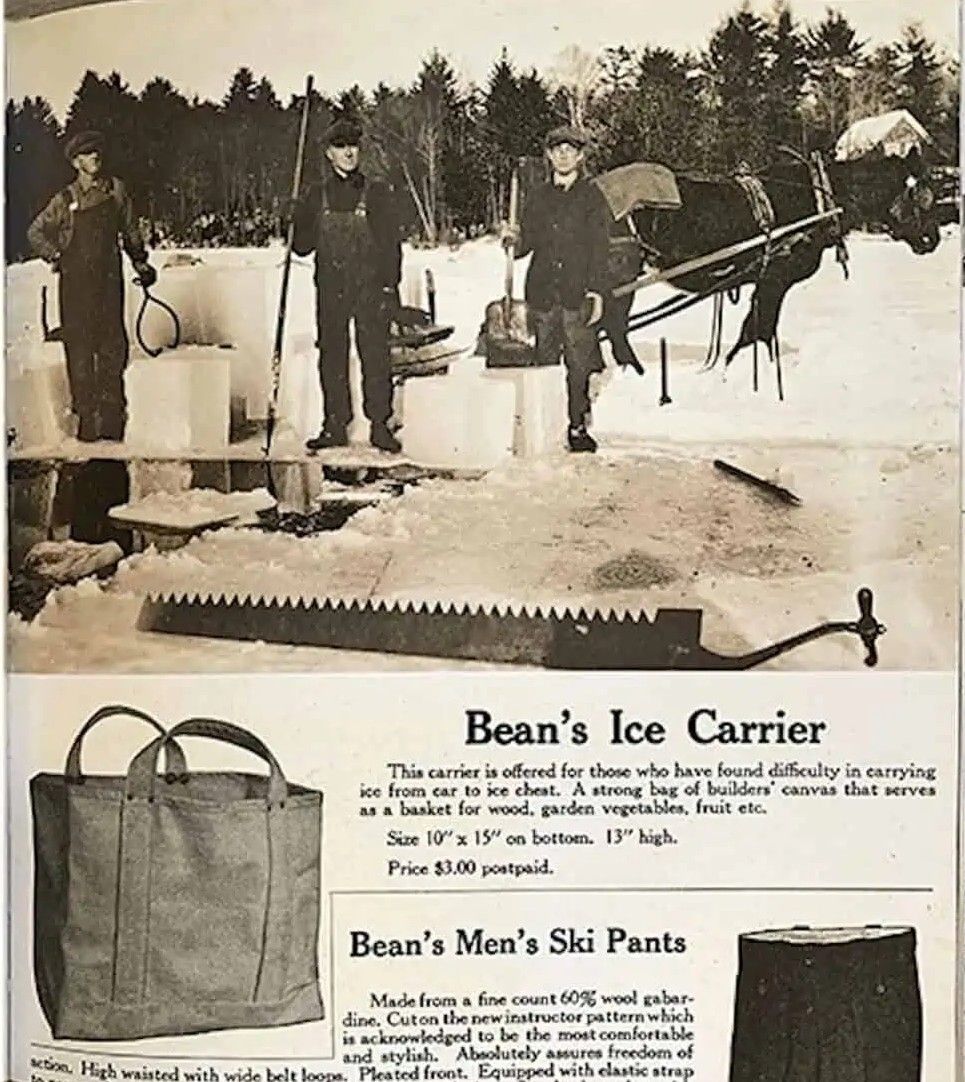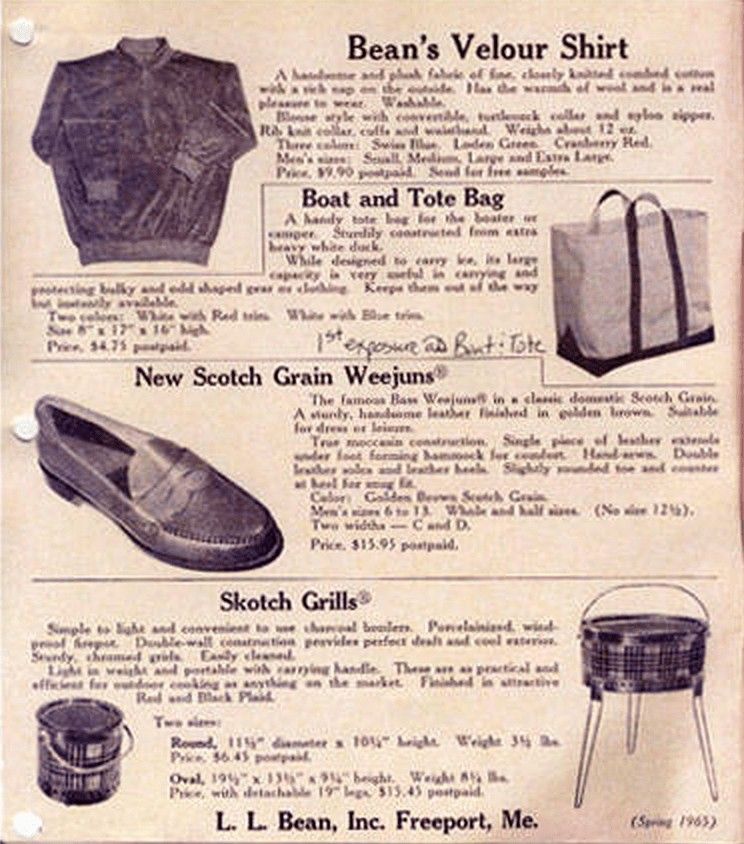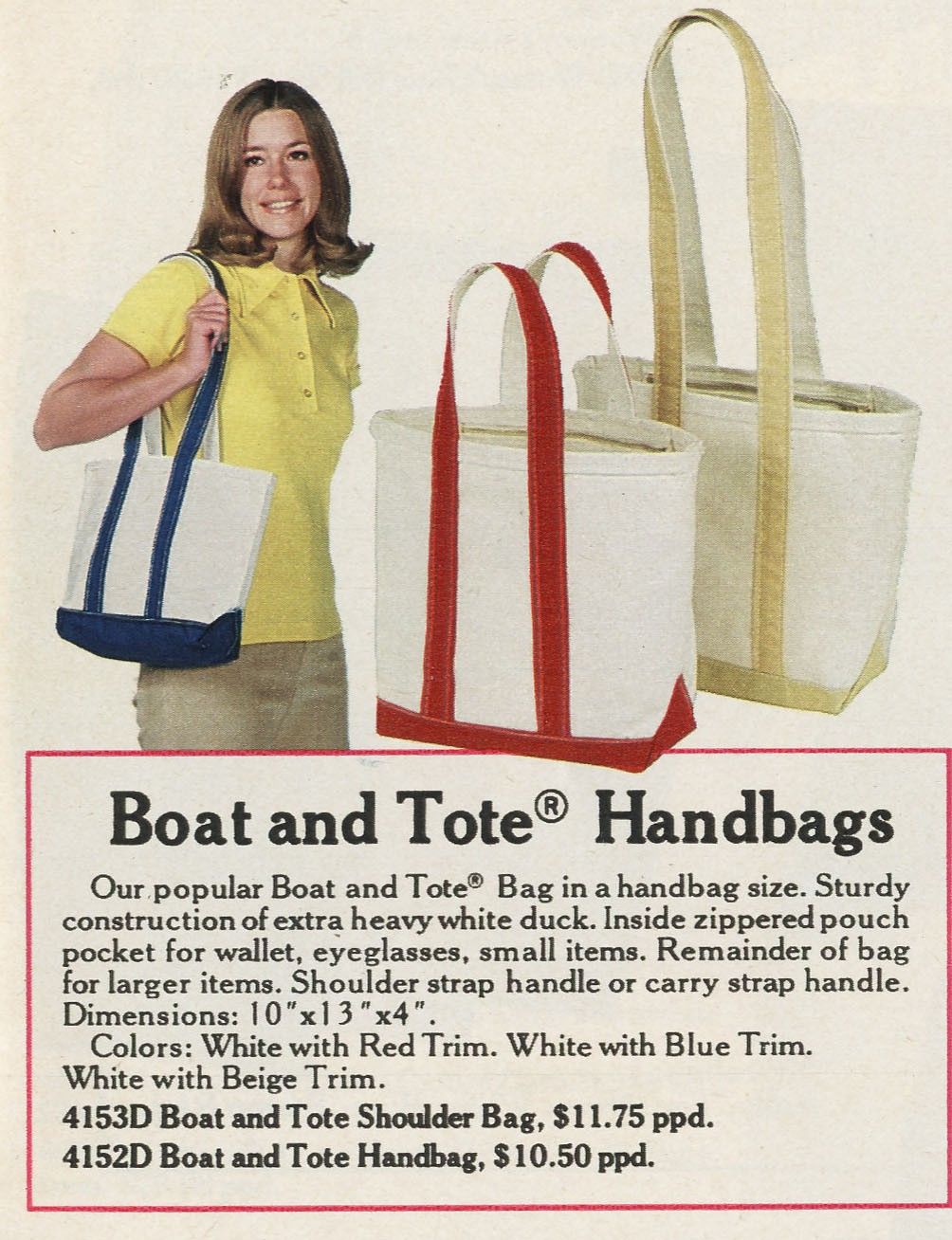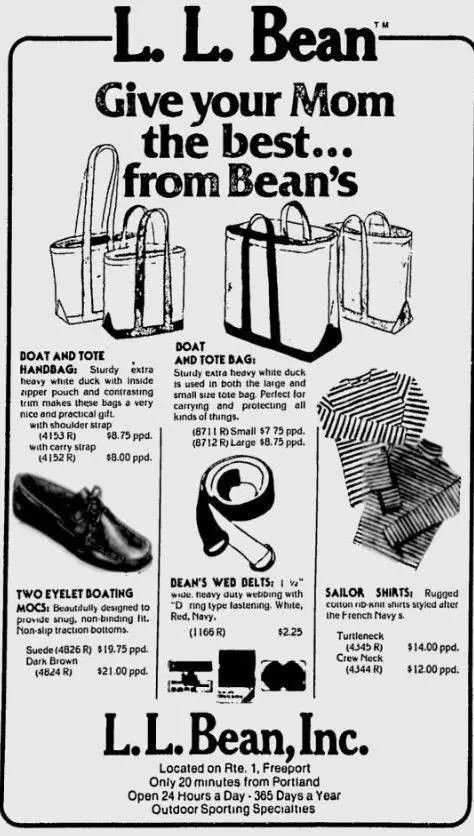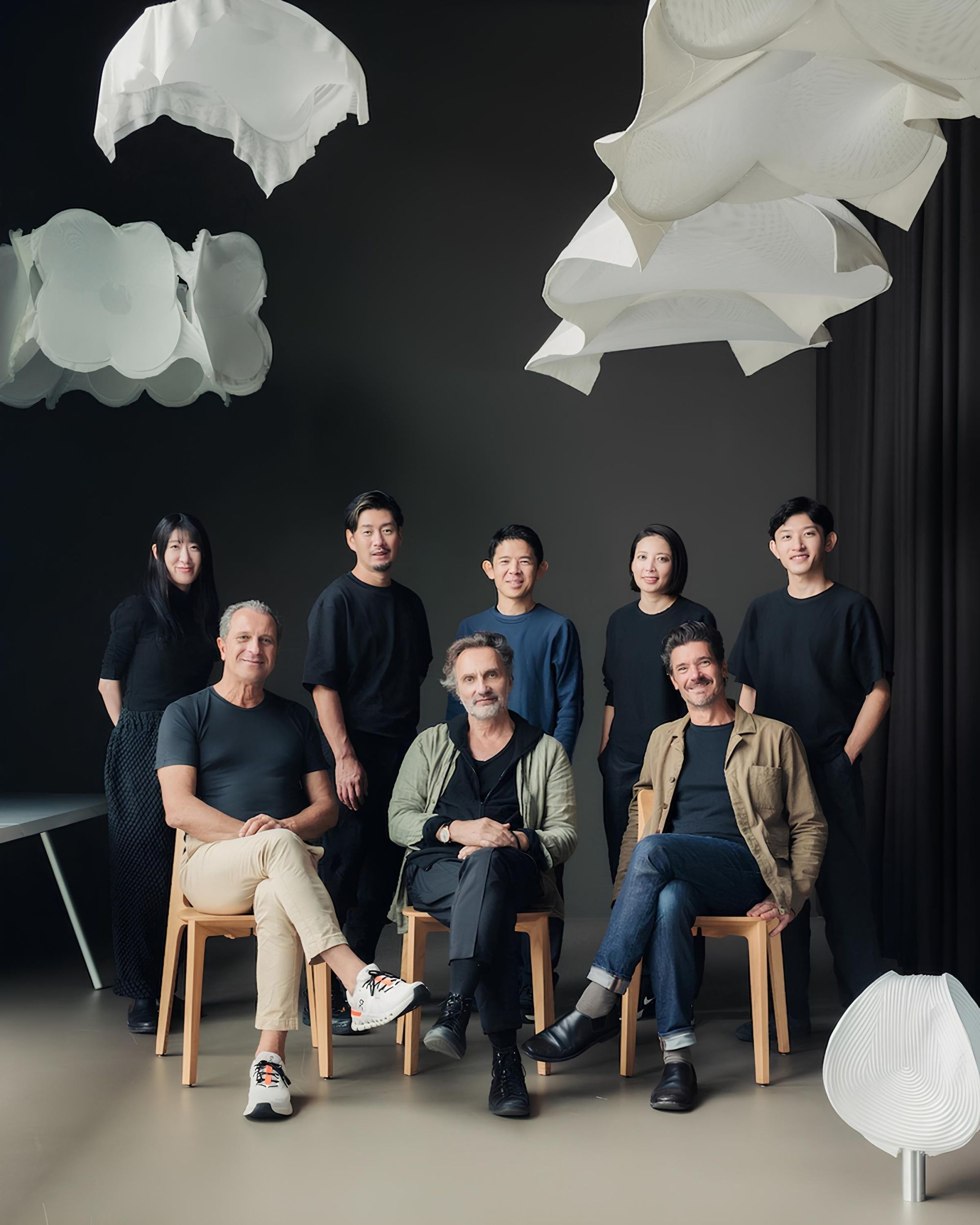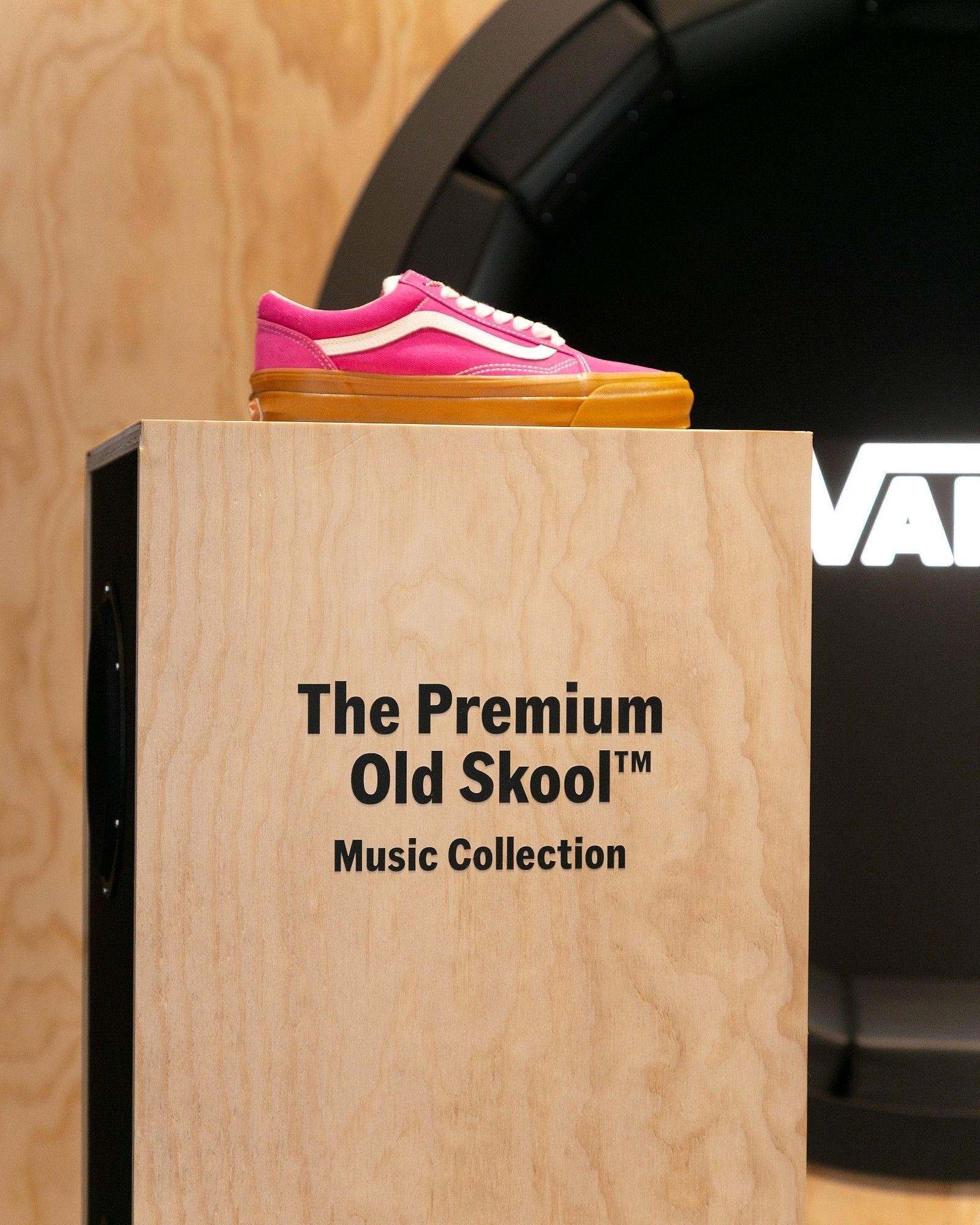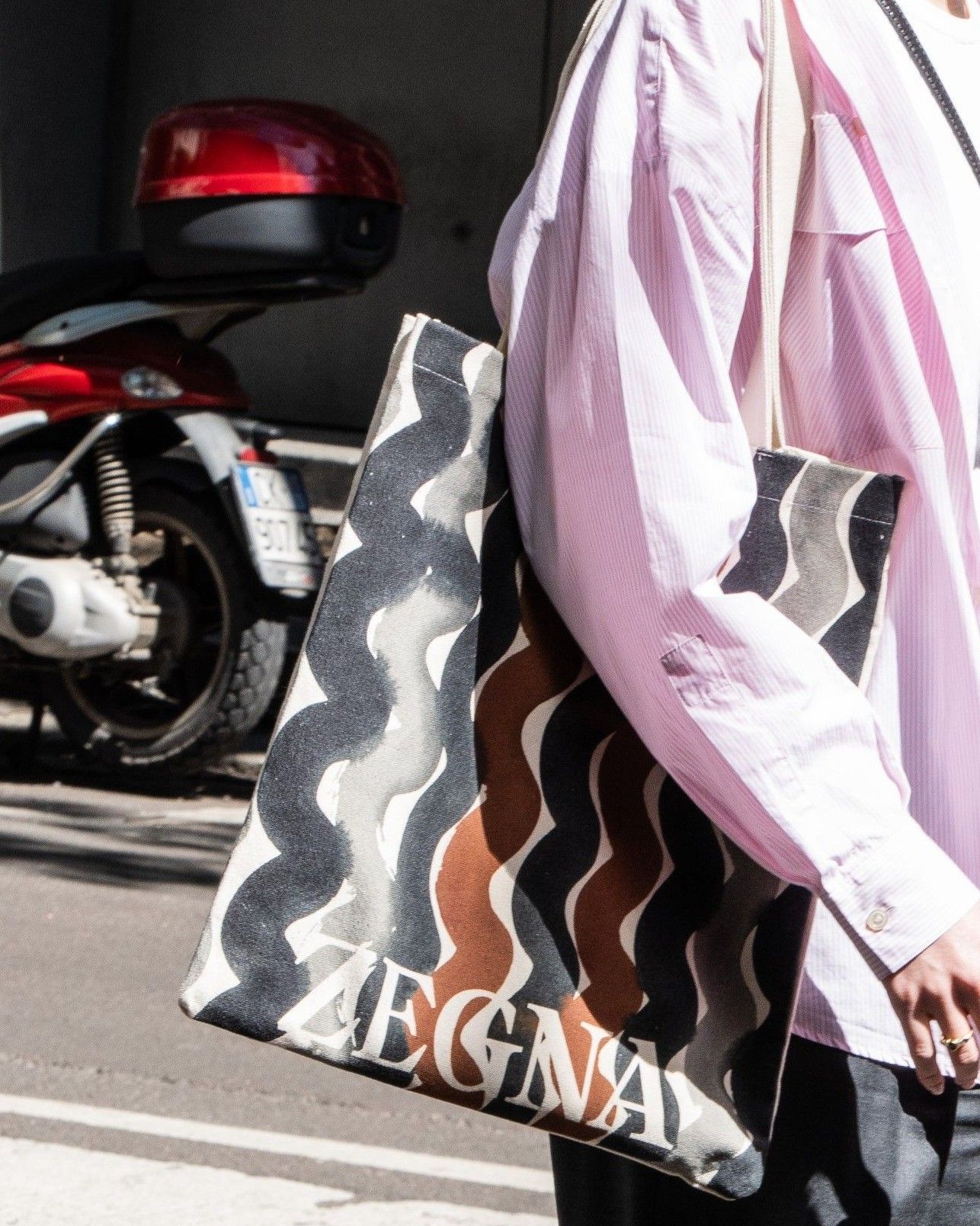
Where do tote bags come from? From the frigid winters of Maine to the Fuorisalone
If there's an accessory that symbolizes Milan Design Week, it's the tote bag: every brand or showroom gives one away, sometimes creating lines stretching for hundreds of meters (as in the recent cases of Zegna and Saint Laurent), while on the city streets, it's not hard to see people of all ages carrying three or four different tote bags as they move between exhibitions. It's easy to understand why brands give away so many: they are the simplest and most economical branded item to distribute to the crowd, but also one of the most practical city accessories of all time – and, at least in the past, one of the icons of the vintage-but-casual style of hipsters who made it an icon during their era. But where exactly does the tote bag come from? The true history of the tote bag doesn't start in the 17th century. In fact, if you consult historical archives, you can find depictions of men and women from nearly all cultures wearing some form of fabric bags and pouches across almost all cultures of the world. Leather, cloth, and other plant fibers were all materials used since ancient times to create this type of bag. The etymology of the English word "tote" is ancient, but less so than the bag itself: its first recorded use dates back to 1670 in Virginia, although, according to the Online Etymology Dictionary, it was only used with the term "bag" in the early 1900s. The origin of the word is uncertain: one theory suggests that the term comes from medieval German and indicates a horn or a conical bag used to carry objects; others identify its origin in African words from Swahili and Kimbundu languages, but this is a contested theory. Originally, however, in the English form we know, "tote" was a verb meaning "to carry."
Slowly but inexorably, the word tote began to transition from its status as a verb to that of a noun. The 1940s are a fundamental reference point in the history of the tote bag, as the object we now define as such was born in the United States exactly in this decade. Officially, the tote bag was born in the 1940s in the store of the historic American brand L. L. Bean, the same brand that over several decades defined the blend of outdoor and preppy aesthetics in the American wardrobe. It was precisely in 1944 that L.L. Bean invented a large, sturdy canvas bag originally known as the "ice carrier," which was used to transport ice (which, at the time, wasn't in cubes but in large blocks), but the company claimed it was useful for carrying wood, vegetables, and fruit in the same way as a wicker basket. The bag was a great success but remained in its original form for the next twenty years: rather than resembling the tote we know today, it resembled the famous blue bag from Ikea with its very wide and almost cubic body made of a double layer of industrial canvas and two short canvas handles. Around the 1960s, when L.L. Bean executives realized that people were starting to use it as a proper leisure accessory, they decided to redesign it by adding colored edges and finishes, a zipper, and wider handles. From Ice Carrier, the bag took on the name Boat & Tote Bag, and its design hasn't been modified in the subsequent years – the one you buy today is identical to the one from seventy years ago. Meanwhile, fashion had also begun to take notice of the bag.
During those years, if the tote bag had become a ubiquitous presence in the homes of many Americans, transitioning from a shopping bag to a leisure accessory, various versions of the classic tote with more luxurious details began to appear. Changing the bag's history was a woman known as "the mother of American sportswear," a designer known as the inventor of the modern layering concept, Bonnie Cashin, who among the numerous innovations she introduced into the modern female wardrobe (and which we still use today) noticed how high society ladies used the tote bag as a beach, pool, or yacht bag (for example, there's a 1990s photo of Carolyn Bessette-Kennedy boarding a sailboat with a tote bag with leather finishes). In 1955, while working for the leather goods brand Philip Sills, Cashin created one in leather called Cashin Carry – it was soon copied by many other brands. In '62, Cashin became Coach's first creative director (according to The New York Times, she was paid $2500 for the first two collections, but she also worked for Hermès and American Airlines throughout her life) and introduced the leather tote bag design, including the metal clasp closure taken from dog collars, shoulder straps, and the bucket design. For many, it was Bobbie Cashin who skyrocketed Coach's sales and made it the brand we know today.
Meanwhile, the "luxurification" process of the tote bag hadn't stopped the evolution of the humble and everyday original canvas model. When the '80s arrived, brands and companies of all kinds had realized that the tote could be a marketing tool: it was inexpensive, just slap your logo on it, and people used it while out and about. It was precisely in 1980 that a legendary New York bookstore, The Strand, began selling its own cotton tote bags designed by one of the store's managers, Richard Devereaux, printing the name and address of the bookstore clearly on the bag. In the '90s, the tote bag was enlarged, decorated with the oval logo and lettering of the bookstore along with the now-famous slogan 18 miles of books. At that moment, perhaps more explicitly, the correlation between commercial establishments and the city communities of their clientele was born: The Strand's tote bag not only became a "piece" of New York's iconography, something seen only in the city and recognized only if you lived there, but it came to symbolize a sense of belonging. It's no coincidence that among the first initiatives Mathieu Blazy took upon his entry at Bottega Veneta, decades later, was precisely the remake of The Strand's tote bag. From then on, the tote bag became an increasingly fixed and widespread presence in an increasingly branded world – but it was only with the advent of hipsters (their peak was between 2005 and 2009 but the effects of the phenomenon continued until around 2014) that it became the symbol of casual elegance we know today.











































